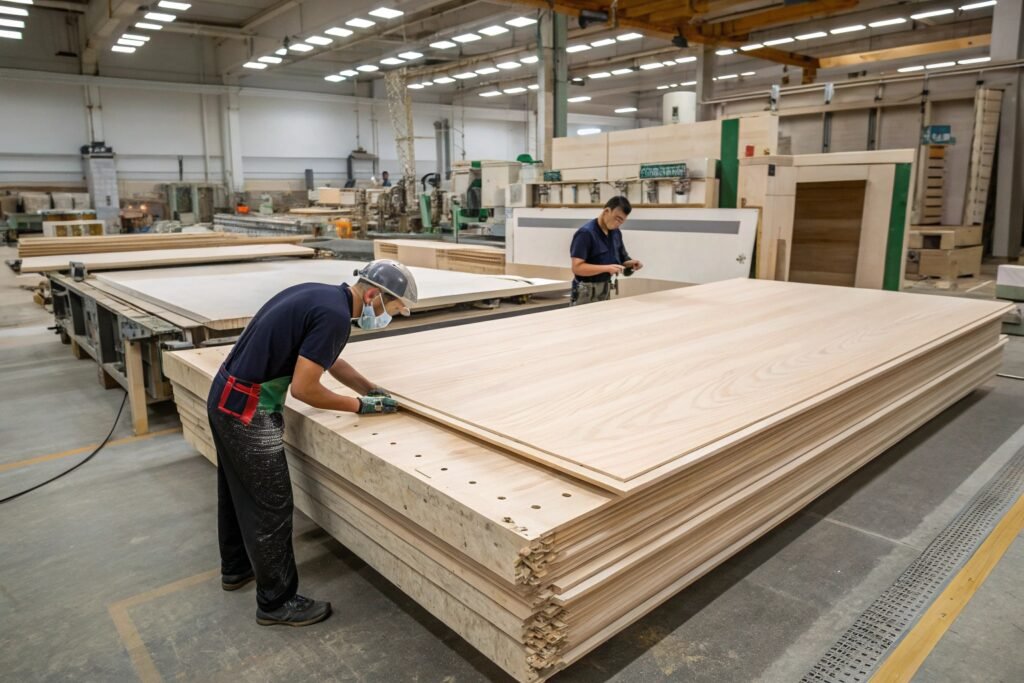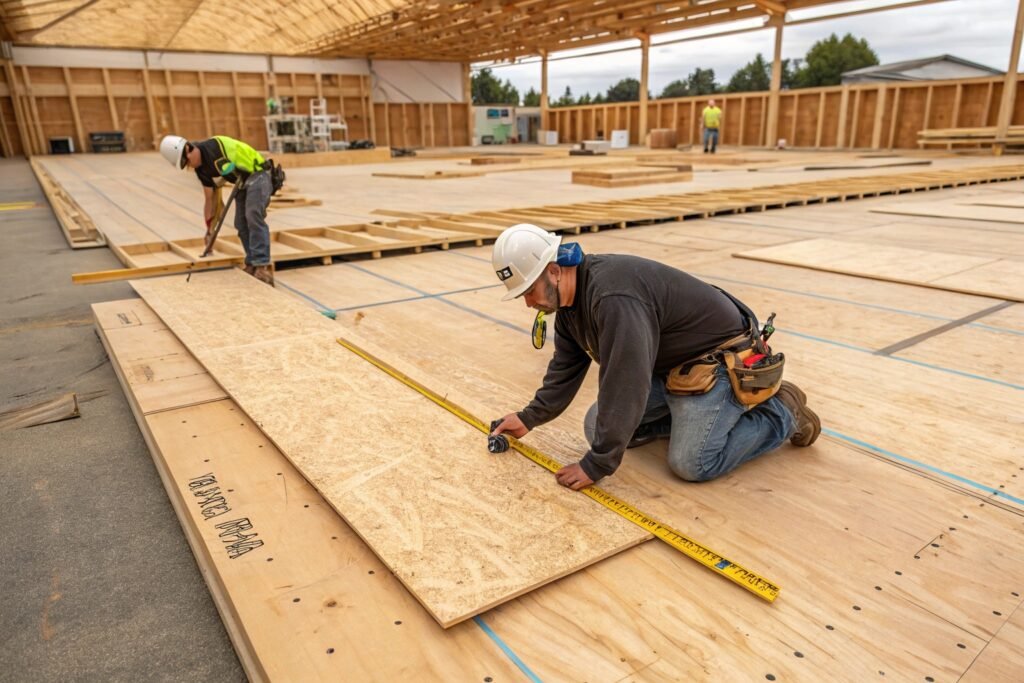3/4 inch plywood is a construction favorite—but it’s not exactly 0.75 inches thick, and it’s not for every job.
3/4 inch plywood typically measures 23/32" (about 18.3mm) and is widely used in subflooring, furniture frames, shelving, and wall bracing due to its strength and versatility.

Plywood is sold in nominal sizes like “3/4 inch,” but the actual thickness is usually slightly less due to manufacturing and sanding. This size is one of the most commonly used because it offers a perfect balance of strength, rigidity, and workability. In this guide, I’ll explain what 3/4 inch plywood really is, where it’s used, how it compares with other grades, and what to look for when buying it.
What is 3/4 plywood used for?
3/4 inch plywood is considered the “standard” thickness for heavy-duty construction work.
It’s most commonly used in subfloors, staircases, countertops, cabinet boxes, wall support panels, and built-in shelving.

This thickness provides enough structural strength for applications where weight or bending is a concern. It resists deflection under pressure, making it ideal for floor joist systems, tabletops, and furniture carcasses. It also holds screws well, which is important in cabinetry and shelving. When building kitchen or bathroom vanities, 3/4 inch plywood is often the base for doors and drawers due to its reliable stability.
Which grade of plywood is considered the best?
Plywood grading determines both visual appeal and structural reliability.
The best grade is “A” grade plywood, which has a smooth, sanded face with virtually no knots and minimal repairs—ideal for furniture or visible finishes.

Plywood comes in combinations like A-C, B-B, C-D, etc., with the first letter referring to the face and the second to the back. An “A” face is smooth and paint-ready, while “C” and “D” may have visible knots or repairs. Cabinet-grade plywood, often used for premium furniture, is typically A-A or A-B. For construction where appearance isn’t critical, C-D (CDX) is commonly used. Always choose the grade based on whether the plywood will be visible or purely structural.
What kind of plywood is used most frequently?
One plywood type dominates in both residential and commercial construction.
Softwood plywood, particularly CDX grade, is the most frequently used for structural applications like flooring, roofing, and wall sheathing.

Softwood plywood is made from species like pine, fir, or spruce. CDX plywood has one face graded C and the other D, and the “X” stands for exterior-grade glue. It’s rugged, affordable, and suited for framing, subflooring, and roof sheathing. While not pretty enough for visible surfaces, its load-bearing capacity and moisture resistance make it a staple on job sites. For furniture, cabinetmakers prefer hardwood plywoods like birch or maple, which offer better finish quality.
What is the difference between 23/32 and 3/4 plywood?
This small measurement difference can matter in tight-fitting projects.
23/32 inch plywood is the actual thickness of most “3/4 inch” plywood sheets—it’s about 0.718" thick rather than a full 0.750".
Due to sanding and manufacturing tolerances, most “3/4” plywood is actually slightly thinner. This is standardized—so cabinet hardware, flooring gaps, and trim dimensions often account for 23/32" thickness. Still, when layering or slot-fitting pieces, even a 1/32" gap can affect fit. Always measure actual thickness if your project requires precision. Some plywood sold as “true 3/4” may be unsanded or specialty milled, but for most purposes, 23/32" is standard.
Conclusion
3/4 inch (23/32") plywood is a workhorse in the building world—strong, versatile, and widely available. Whether you’re laying floors, building cabinets, or crafting structural elements, knowing its real dimensions and grading will help you make better, more precise choices.
